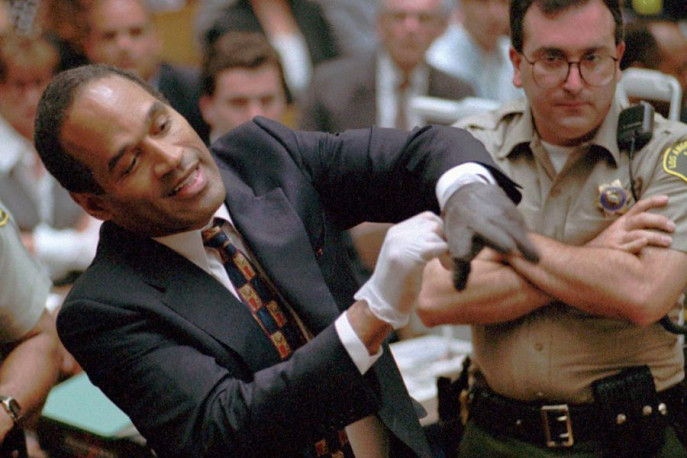
by: Ellen C. Caldwell
for JSTOR Daily
With the recent popularity and success of FX’s miniseries The People v. O.J. Simpson: American Crime Story, many viewers have become (re)interested in the “trial of the century” that transfixed a nation between 1994-1995. In addition to the FX series, ESPN will introduce a five-part documentary O.J.: Made in America in June, and Martin Sheen is producing and narrating Hard Evidence: O.J. is Innocent, set to air next year and introduce “critical new evidence” to prove Simpson’s innocence. More than 20 years after the murders of Nicole Brown Simpson and Ronald Goldman and the subsequent trial, the celebrated show has sparked interest in younger viewers who did not live through the original media frenzy.
The Simpson case changed journalism in ways this generation might not even realize. In an article for Geografiska Annaler, Derek H. Alderman points out that the hyper-coverage of the Simpson case had huge effects on contemporaneous news coverage, and what he calls the “Simpsonization” of domestic news. Alderman notes that the “Guinness Book of World Records lists the Simpson case as the ‘most viewed trial’ with a daily average of 5.5 million Americans watching live coverage.” He also points out the case’s impact on other news, writing, “the Simpson case became so central to American cultural life that people were less likely to watch or read news that did not deal directly with O.J.”
This “Simpsonization” of the media began early, starting with the white Bronco chase, which NBC deemed important enough to interrupt the 1994 NBA Finals. CNN and Court TV covered each and every aspect of the court case for the full 134 days of trial. The reading of the final verdict was considered so momentous that students in local Los Angeles schools watched it live on television from their classrooms…
